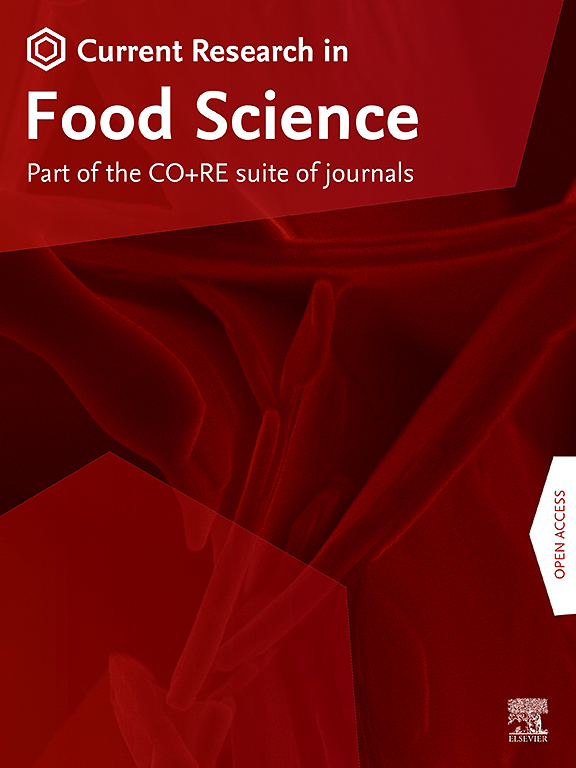Controllable liquid metal boundaries to improve microwave heating efficiency and uniformity in food processing
IF 7
2区 农林科学
Q1 FOOD SCIENCE & TECHNOLOGY
引用次数: 0
Abstract
This study proposes an innovative microwave reaction cavity (MRC) design incorporating height-controllable liquid metal boundaries (HCLMBs) to address the persistent challenges of low heating efficiency and poor heating uniformity associated with conventional microwave heating in food processing. Firstly, the HCLMBs are realized by strategically positioning glass tube arrays along the wall-side of the MRC and injecting specified liquid metal volume into the glass tubes. Then, based on the proposed HCLMBs, three boundary modulation heating methods are systematically developed to achieve different microwave heating performances. Furthermore, the influence of the adjustment sequence of the liquid metal columns on the heating performance is also investigated. Numerical simulations demonstrated significant improvements over conventional MRC (CMRC) systems, with the MRC incorporating HCLMB achieving maximum enhancements of 107.54 % in heating efficiency and 201.85 % in heating uniformity. In addition, a corresponding experimental microwave heating system is built to validate the simulation results. Finally, the applicability of the HCLMB and boundary modulation heating methods to foods of different shapes and materials is discussed, demonstrating its potential for food processing applications.

可控制液态金属边界,提高食品加工中的微波加热效率和均匀性
本研究提出了一种创新的微波反应腔(MRC)设计,结合高度可控的液态金属边界(hclmb),以解决传统微波加热在食品加工中加热效率低和加热均匀性差的问题。首先,通过沿MRC壁面有策略地定位玻璃管阵列,并在玻璃管中注入指定体积的液态金属来实现hclmb。然后,基于所提出的hclmb,系统地开发了三种边界调制加热方法来实现不同的微波加热性能。此外,还研究了金属液塔调节顺序对加热性能的影响。数值模拟表明,与传统的MRC (CMRC)系统相比,采用HCLMB的MRC加热效率和加热均匀性分别提高了107.54%和201.85%。搭建了相应的微波加热实验系统,对仿真结果进行了验证。最后,讨论了HCLMB和边界调制加热方法对不同形状和材料的食品的适用性,展示了其在食品加工中的应用潜力。
本文章由计算机程序翻译,如有差异,请以英文原文为准。
求助全文
约1分钟内获得全文
求助全文
来源期刊

Current Research in Food Science
Agricultural and Biological Sciences-Food Science
CiteScore
7.40
自引率
3.20%
发文量
232
审稿时长
84 days
期刊介绍:
Current Research in Food Science is an international peer-reviewed journal dedicated to advancing the breadth of knowledge in the field of food science. It serves as a platform for publishing original research articles and short communications that encompass a wide array of topics, including food chemistry, physics, microbiology, nutrition, nutraceuticals, process and package engineering, materials science, food sustainability, and food security. By covering these diverse areas, the journal aims to provide a comprehensive source of the latest scientific findings and technological advancements that are shaping the future of the food industry. The journal's scope is designed to address the multidisciplinary nature of food science, reflecting its commitment to promoting innovation and ensuring the safety and quality of the food supply.
 求助内容:
求助内容: 应助结果提醒方式:
应助结果提醒方式:


